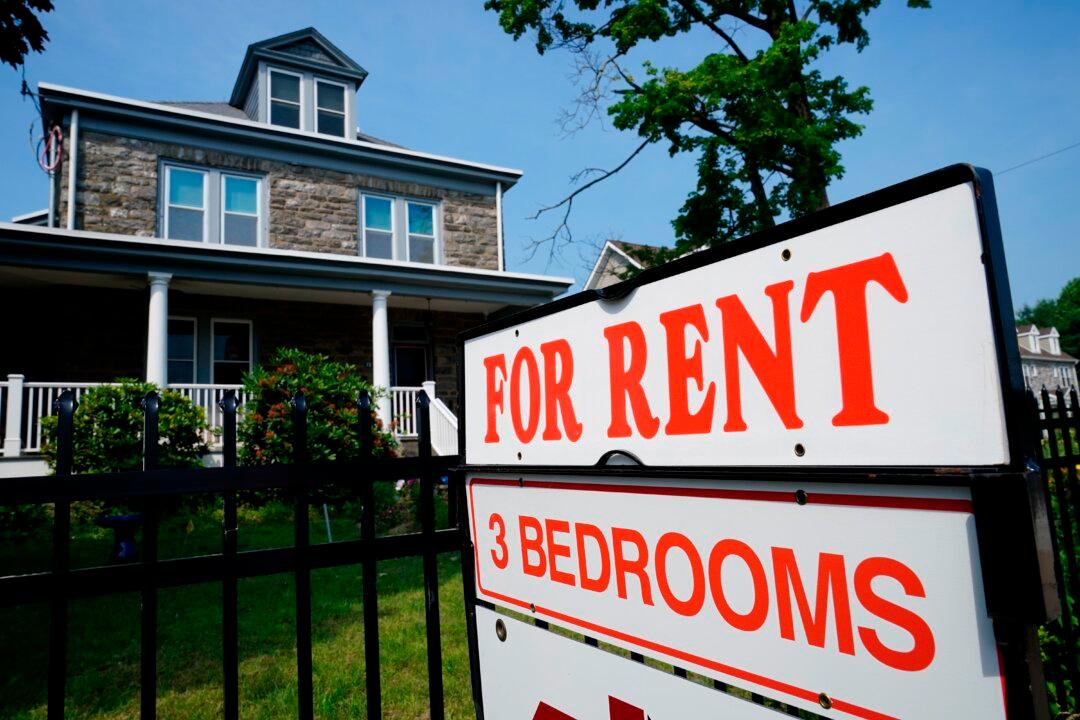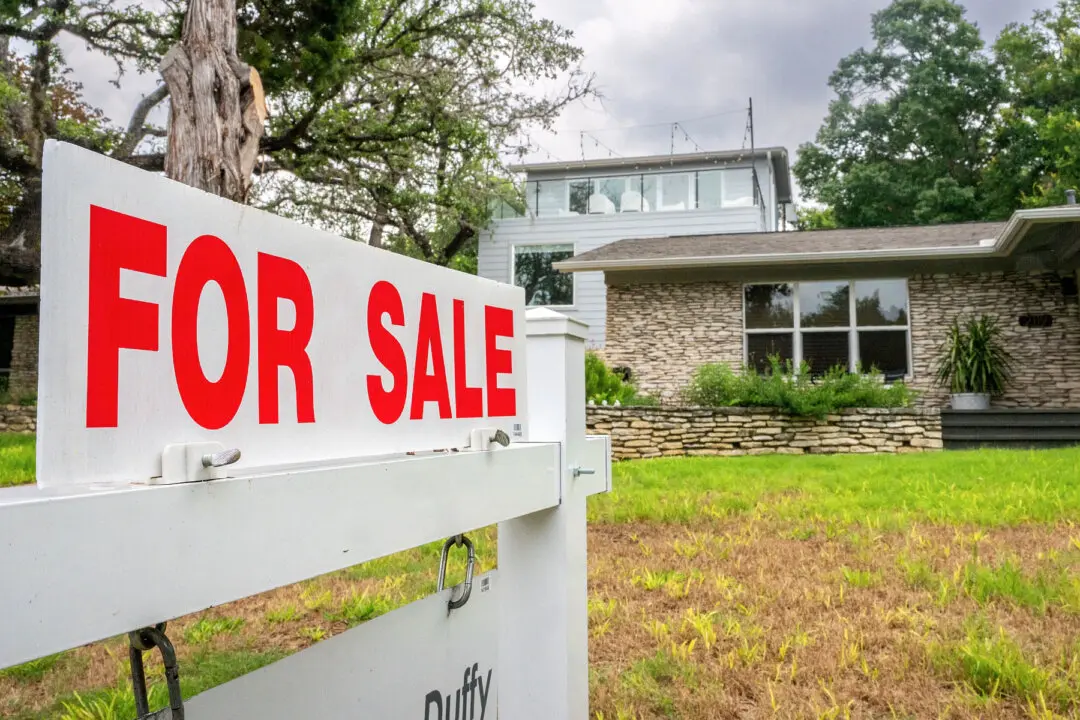For the first time in two years, high-priced California rentals have undergone a slight decline, while markets in the Midwest are experiencing an increase in monthly rentals.
Realtor.com’s March rental report indicates 14 markets in California have seen year-over-year declines, including Riverside-San Bernardino at -5.3 percent, Sacramento at -2.1 percent, and San Francisco and Los Angeles both at -0.8 percent. Speculation is that the declines may be connected to tech firm layoffs and a general weakening of the job market in the state.





